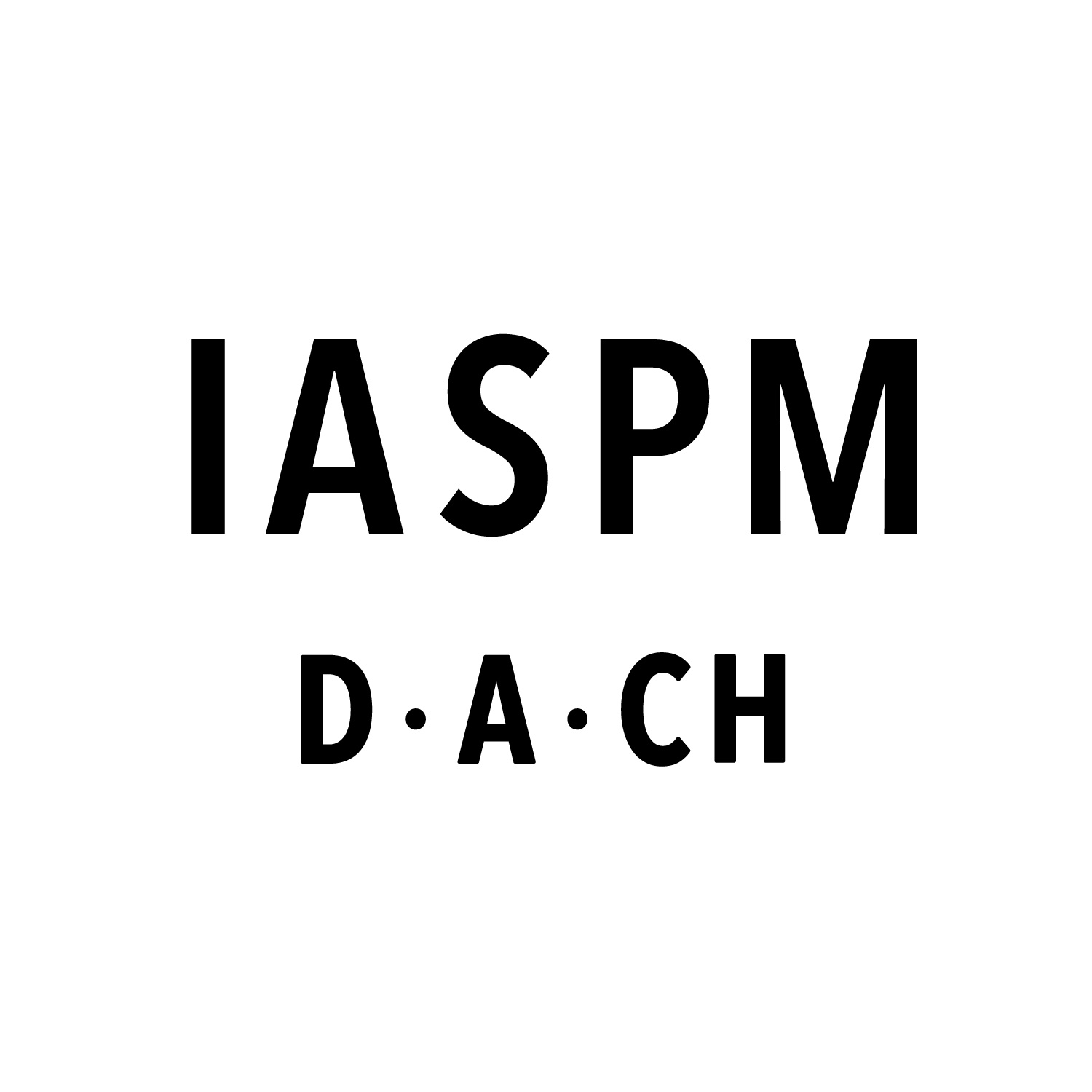CfP: The Ambient Music Conference (15.-17.09.2026, Rhythmic Music Conservatory & Sound Studies Lab University of Copenhagen) Deadline: 01.06.2025
The Ambient Music Conference
15.-17. September 2026, Copenhagen
Full CfP
Website Sound Studies Lab / Rhythmic Music Conservatory
Concept & organisation: Ulrik Schmidt (RUC) & Holger Schulze (KU) In Collaboration with the Rhythmic Music Conservatory, Copenhagen.
Location: Rhythmic Music Conservatory, Leo Mathisens Vej 1, 1437 Copenhagen, DENMARK
Deadline for all presentation formats:
Friday, June 1, 2025, 12pm CEST (Copenhagen-time)
Contact: ambient[at]soundstudieslab[dot]org
Why is everybody listening to ambient music these days? Beatless music, or music with almost inaudible percussion or beats, seems to be one of the hidden champions these days. It finds its audience all across the spectrum of age, gender, race and ability. It has a clearly soothing and healing quality – but also oozes into all sorts of other genres, styles and artistic movements: its roots and offshoots range from Minimal Music to Krautrock, from Gamelan to Soundscape Composition, from radiophonic composition to noise music, from film music to neoclassic, from hauntology to lofi hip hop beats to relax/study to.
Ambient is a truly planetary genre of music – with an endless range of local traditions and highly diverse scenes. Is ambient even becoming the dominant model for popular music production in the 21st century, replacing the backbeat of rock'n'roll, the percussive patterns and loops of EDM, and taking its place alongside hip-hop and R'n'B? Is the ambient music genre simply tailor-made for perfect playlist adaptability, workplace mood regulation, and spotifycore? A few decades ago, listening to this genre was considered embarrassing, or at the very least, clichéd by many: today, it is a widespread preference of countless artists, music lovers and streaming platforms across the globe.
For this conference we are looking for local histories, practices and reflections from all areas on this planet, focusing on labels and scenes, producers and their list of aliases, performers and their practice of crafting ambient music on the spot or for an online label. We especially encourage contributions engaging with ambient music from outside the well-known cities and cultural hubs in Europe and the US. We invite contributions especially from Africa and Asia, from South America and the Middle East. We hope to hear introductions into production techniques and compositional approaches, new technologies and surprising references, local interpretations and hybrid genre bends. We invite you to present significant use cases of ambient music that are very common in one local scene - but unheard of in another scene. We welcome your investigations into the health benefits or the complete irrelevance of listening to ambient music as well as into the role that the sounds of a given environment and a landscape play. Celebrations and critical explorations, big questions and small wonderments.
This is the first international academic conference in this decade to focus on contemporary and future ambient music. We expect this research field to be investigated in sound studies and musicology, in cultural studies and media studies, in musical anthropology and sociology, in performance studies and popular music studies, and in artistic research and practices, but we welcome all relevant fields, including research areas and methods we as organizers may not yet be aware of.
Possible topics for consideration could be (but are not limited to):
Local variants and approaches to ambient music all around the planet
Ambient music scenes and social music practices in diverse regions and societies
Ambient music, digital streaming platforms, and the environment
Listening technologies and production networks for ambient music – including immersive sound formats
Historical, current, and future approaches in the distribution of ambient music
Ambient music, mood regulation, and affective control
Ambient music subgenres and hybrids such as Dark Ambient, Lowercase Ambient, Witch House, Isolationist Ambient or Goblincore
Ambient uses of music and ambient listening strategies in architecture, art, design and film
Ambient music in social media and audiovisual media genres
You can submit proposals for three different formats: Research Papers – Audio Papers – Performances
Research Paper:
Abstract: Please send us your abstract (100-150 words, excluding references) and your short CV. Your presentation can be 20 minutes long – including all your audio examples.
Audio Paper:
Abstract: Please send us your audio abstract (60-90 seconds, as mp3-file) together with your written abstract (100-150 words, excluding references) and your short CV. Your audio paper can be 12-15 minutes long. What is an Audio Paper? The Audio Paper, a format first proposed in 2016, is a 12-15 minute short audio production that presents a research question or inquiry. It combines speech and narrative with a 'sonic argument': this sonic argument can be composed through sound recordings, sound productions or other sonic practices, vocal practices, the audible use of the body, everyday tools, gadgets, musical instruments, computer software, or any kind of object or agent. Our assessment criteria are: a clear and contextualised research question or focus; a clear and vivid argument and exploration of that question or focus; the meaningful and original use of sound as a medium and content to convey the argument; coherence between dramaturgical composition (tempo, density, narrative structure) and content; appropriate references in an accompanying bibliography or in the audio production. In the special issues listed here you can listen to recently produced audio papers: https://seismograf.org/peer
Performance:
Outline: Please send us the outline of your performance (100-150 words, please list the hardware you will bring and the hardware or software you may need) and your short CV. Your performance can last 20-30 minutes. In addition to a standard projector and audio system, Akvariet features a complete Meyer PA and monitor setup, including a 16-channel/quad immersive system with space map panner. We strive to accommodate all types of performances and artistic inputs, and we welcome you to get in touch if you require further specifications.
